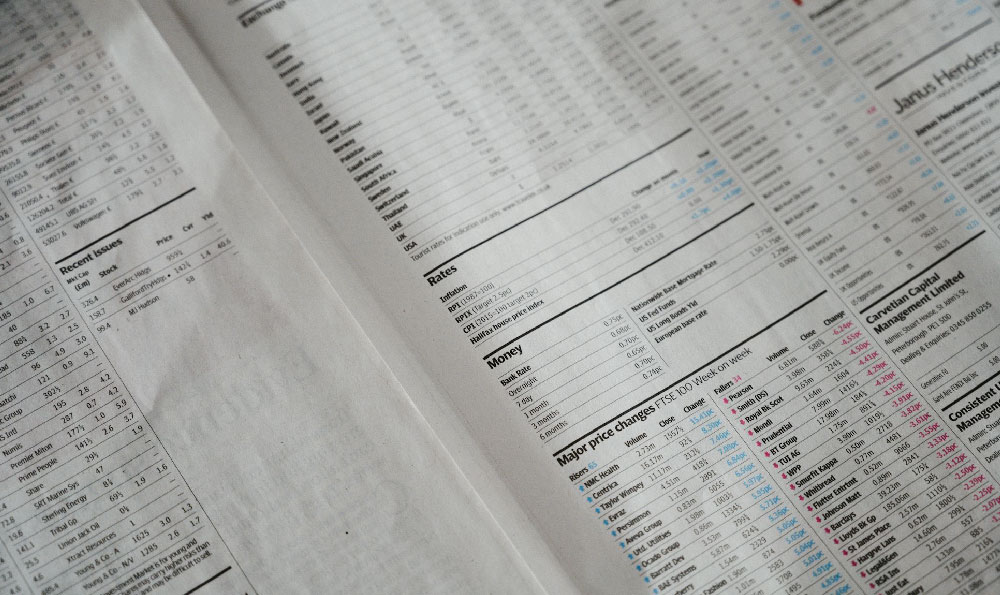Understanding your investment risk tolerance is paramount to building a successful and sustainable financial future. It's not just about how much money you have or how much you want to make; it's about aligning your investment strategies with your comfort level when it comes to potential losses. This alignment helps you avoid making impulsive decisions based on fear or greed, leading to a more disciplined and ultimately more profitable investment journey.
So, what exactly is investment risk tolerance? It’s essentially your capacity and willingness to experience declines in the value of your investments. This capacity is influenced by factors like your financial situation, investment goals, and time horizon. Someone with a stable job, a comfortable emergency fund, and a long time until retirement might have a higher capacity for risk. On the other hand, someone nearing retirement with limited savings might have a lower capacity. Willingness, however, is a more psychological aspect. It reflects your emotional response to market fluctuations and potential losses. Even if you can afford to take on more risk, you might not be comfortable doing so. This discomfort can lead to anxiety and poor decision-making, such as selling investments at the worst possible time.
The interplay between capacity and willingness is crucial. If your willingness to take risk is lower than your capacity, you might be overly conservative, potentially missing out on opportunities for significant growth. Conversely, if your willingness exceeds your capacity, you might be taking on more risk than you can realistically handle, leading to stress and potential financial ruin.

Why does understanding your risk tolerance matter so much? The answer lies in the very nature of investing. All investments carry some degree of risk. Even seemingly "safe" investments like government bonds are subject to inflation risk, which can erode their purchasing power over time. Higher potential returns are generally associated with higher levels of risk. For example, stocks have historically provided higher returns than bonds, but they also experience more volatility. Understanding your risk tolerance allows you to navigate this risk-reward tradeoff effectively.
Think of it like this: you wouldn't drive a race car if you were only comfortable driving the speed limit. Similarly, you shouldn't invest in high-growth, volatile stocks if you’re going to panic and sell them the moment the market dips. Knowing your limits allows you to choose investments that are appropriate for your personality, your goals, and your financial situation.
Furthermore, understanding your risk tolerance helps you create a well-diversified portfolio. Diversification is the practice of spreading your investments across different asset classes, such as stocks, bonds, real estate, and commodities. The goal is to reduce overall portfolio risk by ensuring that your investments are not all correlated. When one asset class is underperforming, others may be performing well, helping to cushion the impact of losses. Understanding your risk tolerance helps you determine the appropriate allocation of assets within your portfolio. For example, a more risk-averse investor might allocate a larger portion of their portfolio to bonds, while a more risk-tolerant investor might allocate a larger portion to stocks.
So, how do you determine your investment risk tolerance? There are several ways to assess your risk tolerance. One common method is to use risk tolerance questionnaires. These questionnaires typically ask questions about your financial situation, investment goals, and emotional response to risk. The answers are then used to generate a risk tolerance score. While these questionnaires can be a helpful starting point, they should not be the only factor you consider.
Another approach is to consult with a financial advisor. A financial advisor can help you assess your risk tolerance based on a comprehensive understanding of your financial situation and goals. They can also provide personalized investment recommendations that are aligned with your risk tolerance.
Beyond questionnaires and advisors, consider your past experiences. How did you react during the last market downturn? Did you stay calm and hold your investments, or did you panic and sell? Your past behavior can provide valuable insights into your true risk tolerance.
It's also important to remember that your risk tolerance can change over time. As you get older, your time horizon may shorten, and your risk tolerance may decrease. Life events such as marriage, children, or job loss can also impact your risk tolerance. It's therefore important to reassess your risk tolerance periodically and adjust your investment strategy accordingly.
Finally, be honest with yourself. It's easy to say you're comfortable with risk when the market is booming, but it's much harder to stay calm when the market is declining. Understanding your true risk tolerance is crucial for making informed investment decisions and achieving your financial goals. Don’t try to be someone you’re not. Investing should be a long-term strategy, not a rollercoaster ride fueled by emotion. By aligning your investments with your risk tolerance, you can create a portfolio that you are comfortable with and that has the potential to grow over time. This peace of mind is invaluable, allowing you to focus on other important aspects of your life without constantly worrying about your investments. Ignoring this crucial aspect can lead to devastating results and prevent you from reaching your long-term financial ambitions. It's an integral piece of the puzzle to responsible and successful wealth building.












